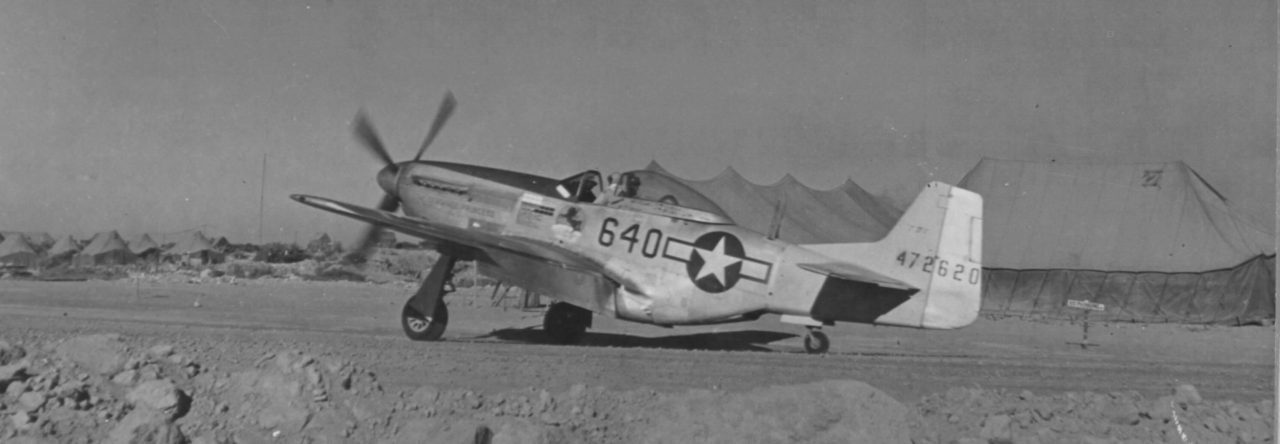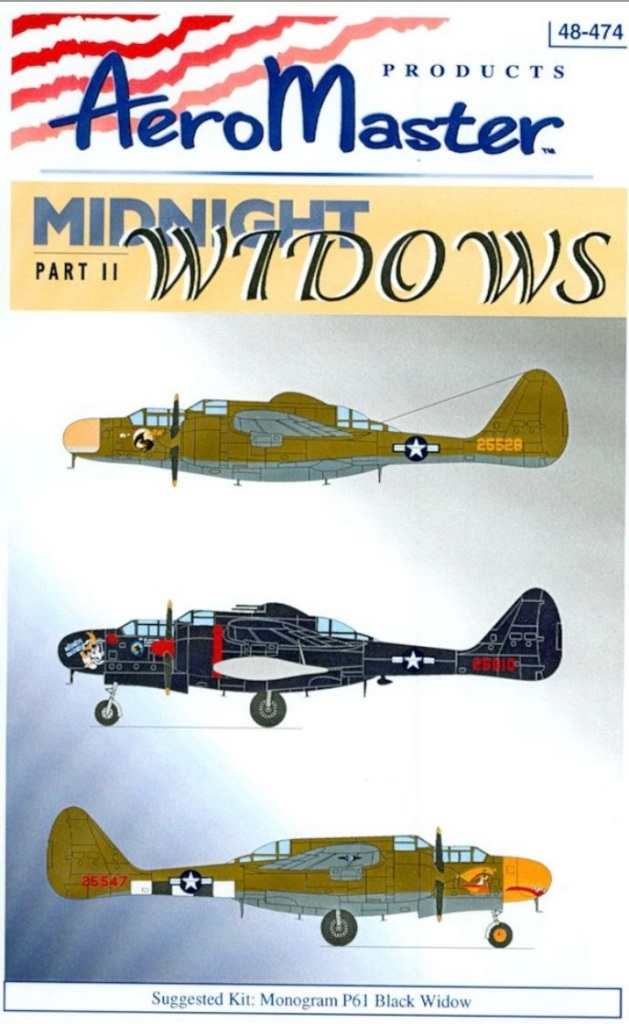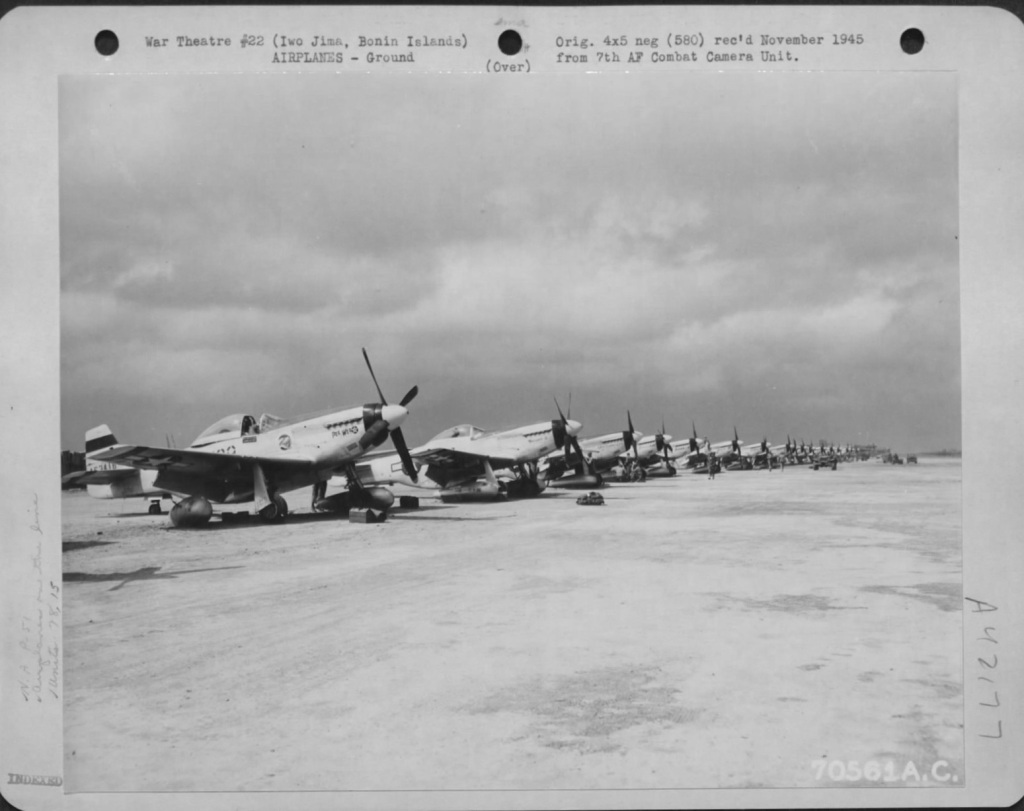No, this is not a picture of Major Harry C. Crim’s 531st Fighter Squadron, 21st Fighter Group P-51D Mustang, but an attempt at humor by Loomis Dean, a United States Army Air Force photographer stationed on Iwo Jima. This staged photo depicts a P-51 pilot clutching his rear end in front of a line up of 45th Fighter Squadron Mustangs supposedly after completing a very long range mission from Iwo Jima to Japan and back.

The official caption for this photo reads: “A tired pilot . . . and North American P-51 “Mustangs” on the line at Iwo Jima, Bonin Islands. The boys suffered most just from the 8-hour rumba of seat against seat!” Seven to eight hour VLR missions in a small cockpit led to a sore seat and stiff legs. There was anecdotal evidence that some pilots had to be lifted out of their cockpits because they were so stiff and sore. None of the pilots I had the opportunity to interview ever remember seeing a pilot having to be lifted out of a cockpit, but it made for a good story.
Loomis Dean – If you have noticed, a lot of the United States Army Air Force photos posted recently in Photo(s) of the Week were taken by Loomis Dean. Mr. Dean started his photography career with the Ringling Brothers and Barnum & Bailey Circus prior to World War II. After the war, he joined the staff of Life Magazine in 1947 photographing celebrities such as Elvis Presley, Lucille Ball, Noel Coward, Ernest Hemingway, and Liberace. A lot of Mr. Dean’s photos taken while serving with the United States Army Air Force were shot from unique angles which can be seen in the above photo.



















